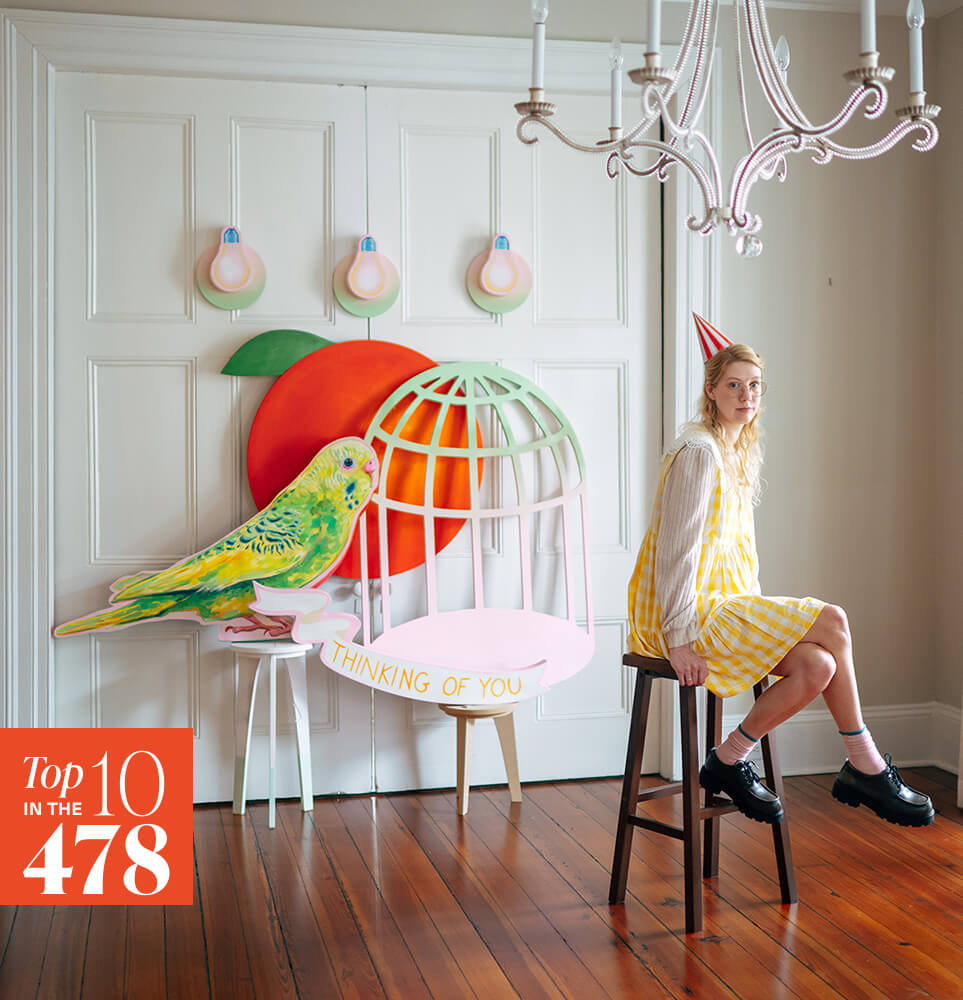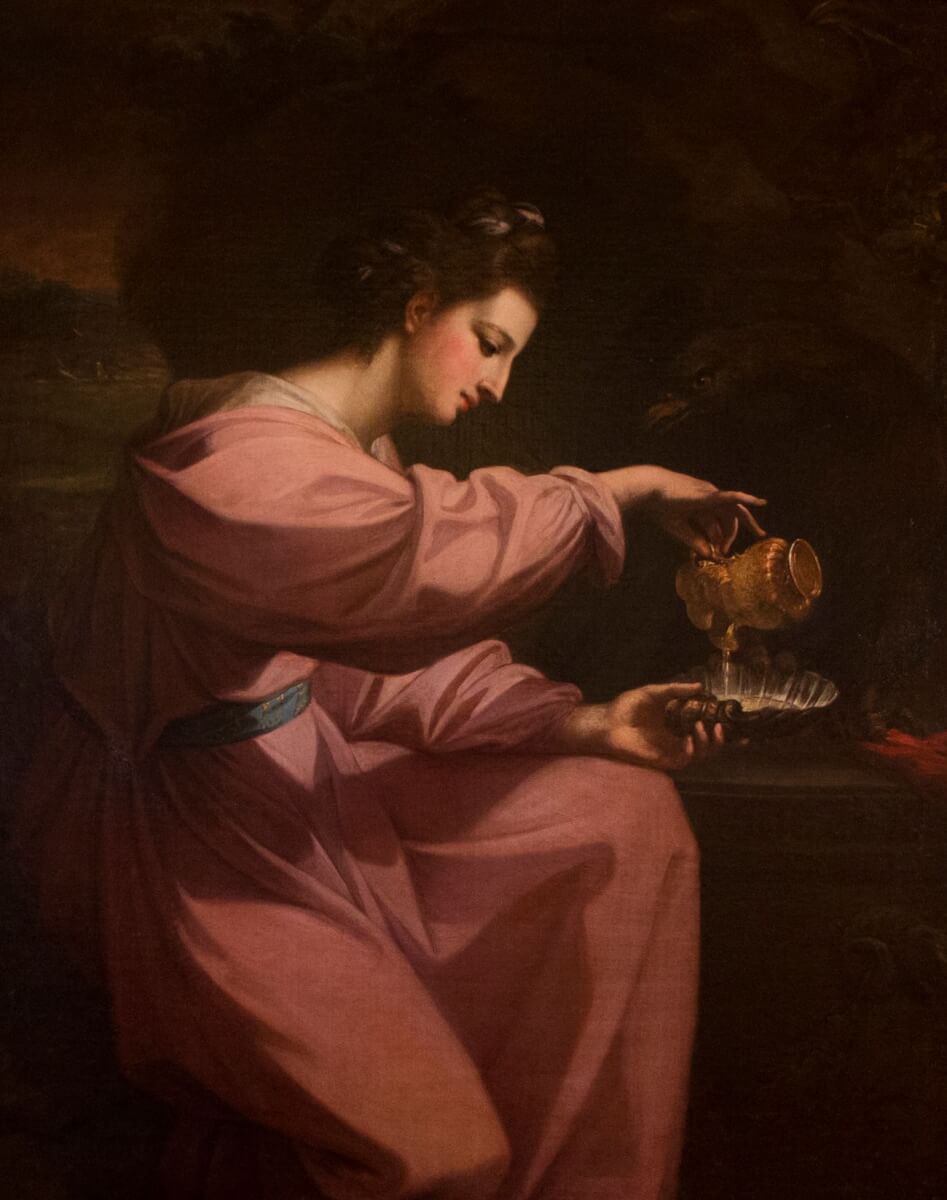
Hay Lore
An ongoing series about Hay House lore, traditions and history.
By William Aultman, Hay House director of collections and programs
Discovering the Countess of Carlisle
Referred to as the Palace of the South, the Hay House museum is renowned for its architectural design, history and size. Many legends surround the building, however, the objects and art within have unique stories of their own.
In particular, the “Countess of Carlisle” painting by Angelica Kauffman, featured above, has had a fascinating journey to its home among the pink velour wallpaper on the east wall of the Hay House living room.
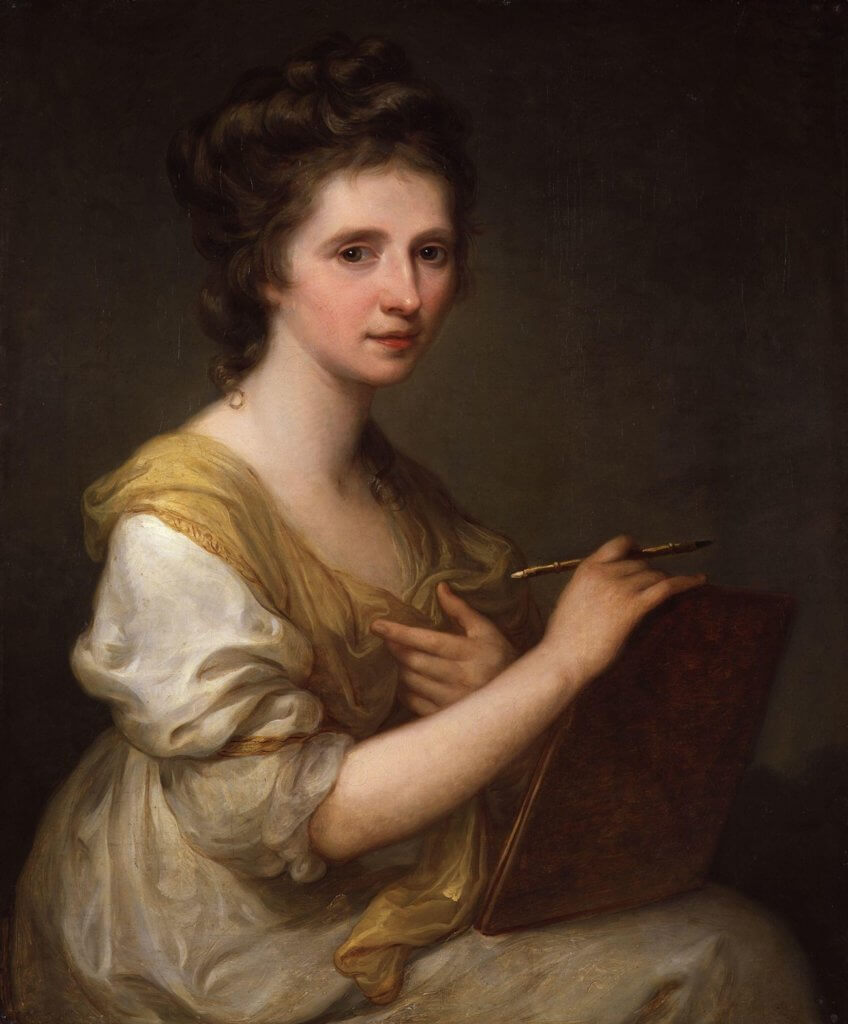
Angelica Kauffman self-portrait
One of the most historically significant pieces of art in the Hay House’s collection, “The Countess of Carlisle” was purchased for Mr. and Mrs. Hay when they redecorated the living room in 1939. The Hays hired the W.E. Browne Decorating Co. of Atlanta to redesign and decorate the room.
The W.E. Browne Decorating Co. was known and celebrated for designing private residences around the country including Villa Albicini in Macon, the White House in Washington, D.C., Georgia Governor’s Mansion and the former Baltimore Block Headquarters of the Georgia Trust for Historic Preservation.
Due to its title, speculation is that the “Countess of Carlisle” painting originated from Castle Howard, an English country house in Yorkshire. Castle Howard has been home to the Carlisle branch of the Howard family for more than 300 years. The house now serves as a private residence and public museum.
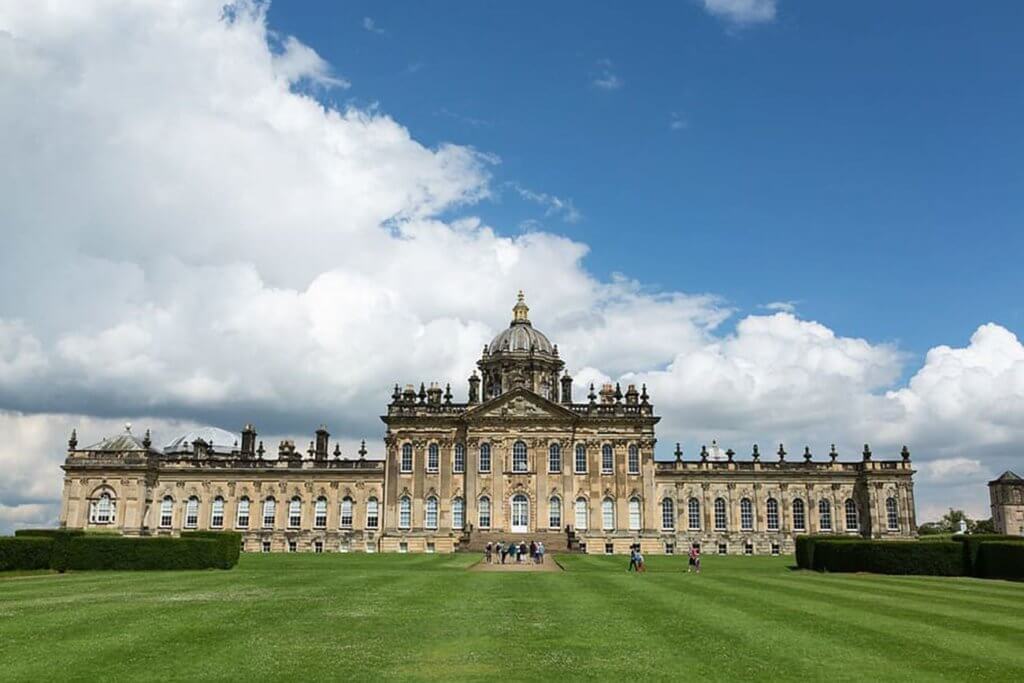
Castle Howard
The noble title “countess” was given to the wife of a land-owning earl. The woman depicted in the composition represents the goddess Hebe pouring water into a shell cup for the mythological Roman king of the gods, Jove, who is depicted as a raven. The painting was likely commissioned for Lady Margaret Caroline Leveson-Gower, the Countess of Carlisle and wife of Earl Frederick Howard.
Hay House has no records indicating when the painting left Castle Howard. At some point during the 19th or early 20th century it changed hands. The legend is that the painting was purchased by Browne Co. decorator David Byers from the estate of famed Hollywood film actress Marion Davies, who appeared in many Broadway musicals and films in the early 20th century.
Davies was featured in the Broadway production “Runaway Romany” in 1917 and many films including “Cain and Mable” in 1936 and “Citizen Kane” in 1941. Davies also was well-known as the mistress to famous California businessman and newspaper publisher William Randolph Hearst, builder of Hearst Castle in San Simeon, California.
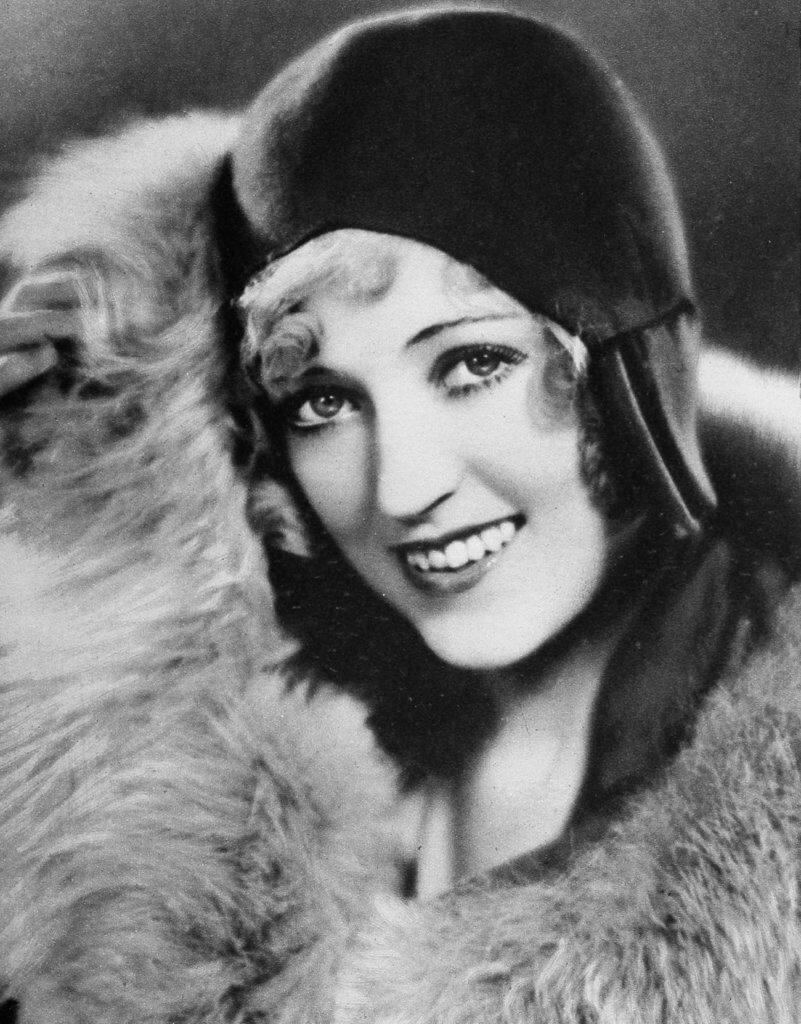
Marion Davies
Kauffman was a Swiss neoclassical artist who gained notoriety in London and Rome in the late 18th century. She was considered to be one of Europe’s most distinguished neoclassical artists and was among its most influential female artisans. She was one of the founding members of the Royal Academy of Art in England, circa 1768. Currently, a permanent exhibit of her work is on display at the Kunstpalast museum in Dusseldorf, Germany.
The origin and true history of Kauffman’s “Countess of Carlisle” painting may never be known. What is known is the artistic and historical significance, which makes this painting one of the most important pieces of art in the Hay House collection.







